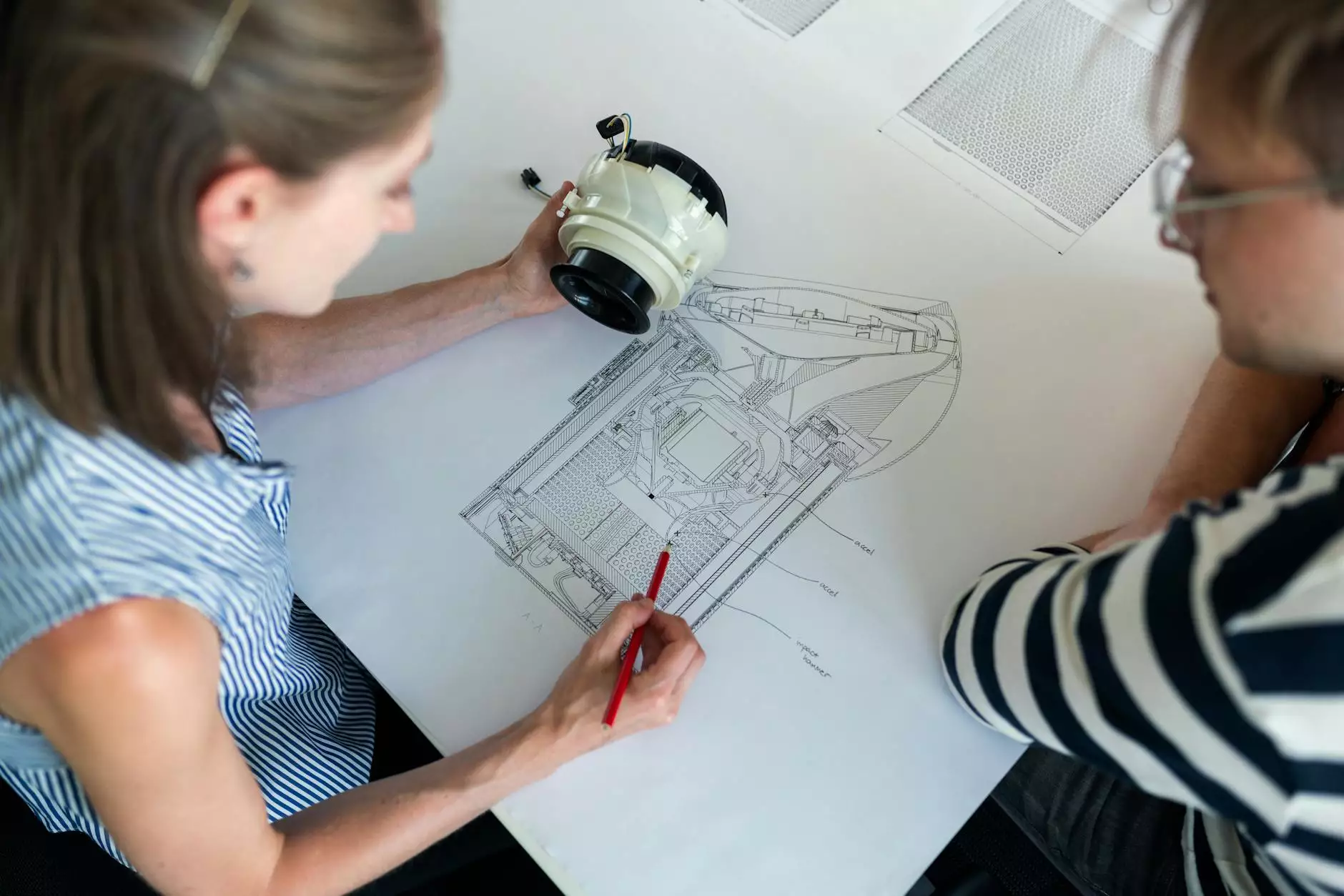Understanding High Foot Arches: A Comprehensive Guide

When it comes to foot health, one common condition that often goes unrecognized is the presence of high foot arches. Many individuals carry misconceptions about foot arches, their function, and their impact on overall health. In this comprehensive guide, we will delve deep into the world of high foot arches, what they mean for your well-being, and how to manage or correct this condition effectively.
What Are High Foot Arches?
High foot arches, also known medically as pes cavus, refer to an excessive arch in the foot. This condition causes the foot to be lifted higher off the ground than normal during standing and walking. Individuals with high foot arches may find that much of their weight rests on the balls of their feet and their heels, leading to an imbalance that can result in a variety of complications.
The Anatomy of the Foot
To better understand high foot arches, it's essential to examine the anatomy of the foot. The human foot is comprised of 26 bones, 33 joints, and a network of muscles, tendons, and ligaments. The arches of the foot, including the medial, lateral, and transverse arches, provide vital support during movement.
The Role of Arches in Foot Function
- Shock Absorption: Arches help in absorbing shock as we walk, run, or jump.
- Weight Distribution: They distribute weight evenly across the foot, aiding balance and stability.
- Mobility: Proper arches allow for a range of motion critical for various types of physical activities.
When the arch is higher than normal, the distribution of weight is compromised, leading to potential discomfort and problems in the foot and throughout the body.
Common Symptoms of High Foot Arches
Individuals with high foot arches may experience a range of symptoms, including:
- Pain: Frequent pain in the foot, particularly in the heel and ball areas.
- Instability: Difficulty in maintaining balance during movement.
- Foot Deformities: Development of conditions such as hammertoes or claw toes.
- Corns and Calluses: Increased friction leading to thickened skin on pressure points.
- Joint Pain: Discomfort in the knees, hips, or lower back due to improper alignment.
Causes of High Foot Arches
Understanding the causes of high foot arches can lend insight into prevention and management strategies. Some common causes include:
1. Genetic Factors
Many people inherit a predisposition to have high foot arches, which is often seen in families. If a parent has high arches, children may have a higher chance of developing them.
2. Neurological Conditions
Certain neurological disorders, such as Charcot-Marie-Tooth disease, can lead to muscle weakness and result in the development of high arches over time.
3. Injury or Trauma
Injuries to the foot or ankle can alter the structure and alignment of the foot, potentially leading to high arches as the body compensates for the injury.
Diagnosis of High Foot Arches
Diagnosing high foot arches typically involves a thorough physical examination by a podiatrist. The doctor may assess your foot structure, observe how you walk, and may utilize imaging tests such as X-rays to understand the foot's alignment and arch height.
Impact on Overall Health
Although high foot arches may seem like a localized issue, they can have widespread effects on an individual's overall health. Altered gait and posture can lead to:
- Knee Problems: Misalignment caused by high arches can result in knee pain or conditions such as patellofemoral syndrome.
- Hip and Lower Back Pain: The kinetic chain is affected, potentially causing discomfort in the hips and lower back.
- Increased Injury Risk: An unstable foundation can lead to a higher likelihood of strains and sprains.
Management and Treatment Options for High Foot Arches
While high foot arches may pose challenges, various management and treatment options can help alleviate discomfort and improve foot function.
1. Customized Footwear
Wearing shoes that provide arch support is crucial for those with high foot arches. Look for shoes with:
- Firm Heel Counter: To stabilize the foot and maintain alignment.
- Cushioned Insoles: To absorb impact and reduce pain.
- Wide Toe Box: To decrease pressure on the forefoot.
2. Orthotic Inserts
Orthotic devices can be highly effective in managing high foot arches. These custom-fitted inserts help redistribute pressure, provide additional support, and correct misalignments.
3. Physical Therapy
Working with a physical therapist can provide targeted exercises to strengthen the muscles around the foot and promote better alignment. Therapists may guide you through:
- Stretching Exercises: To improve flexibility in tight areas.
- Strengthening Exercises: To build support in the intrinsic muscles of the foot.
- Balance Training: To enhance stability and coordination.
4. Surgical Options
In severe cases where conservative treatment fails, surgical intervention may be considered to correct the structure of the foot. Outcomes vary, and it's essential to discuss the potential benefits and risks with a podiatric surgeon.
Preventing High Foot Arches
While genetics play a significant role in the development of high foot arches, certain steps can help minimize the risk of their occurrence:
- Wear Supportive Footwear: Always choose shoes that provide proper support, especially for children as their feet develop.
- Maintain a Healthy Weight: Extra weight can accentuate foot problems, including high arches.
- Regular Foot Check-Ups: Visiting a podiatrist can help monitor foot health and address any concerns early.
Conclusion
High foot arches can significantly impact one's quality of life, but with the right knowledge and strategies, it is possible to manage this condition effectively. From understanding the anatomy of the foot to recognizing the symptoms, causes, and treatment options, gaining insight into high foot arches empowers individuals to take control of their foot health.
At The Foot Practice, we are dedicated to providing expert advice and tailored solutions for managing various foot conditions, including high foot arches. Whether you're dealing with discomfort or simply seeking preventive care, our team of experienced podiatrists is here to help you achieve optimal foot health.
Don't let high foot arches hold you back—invest in your foot health today and enjoy a life of comfort and mobility.









